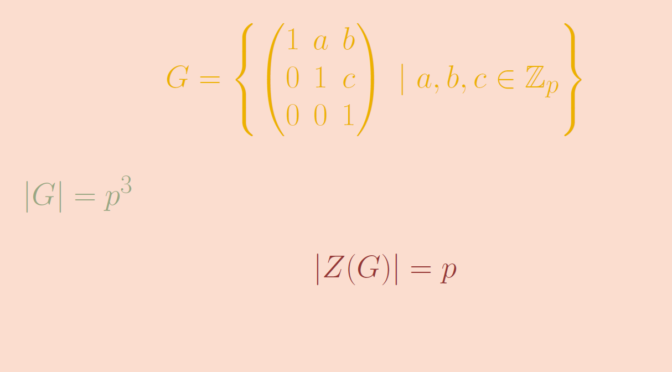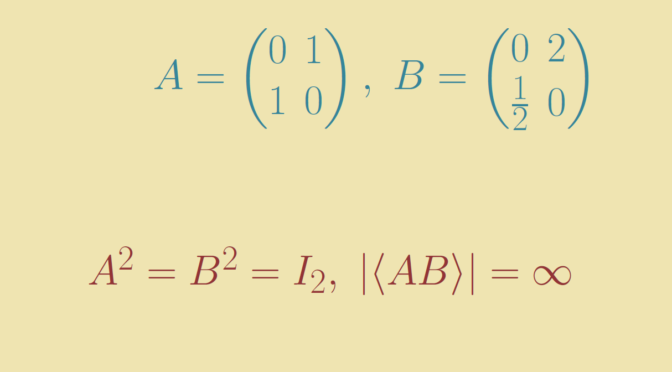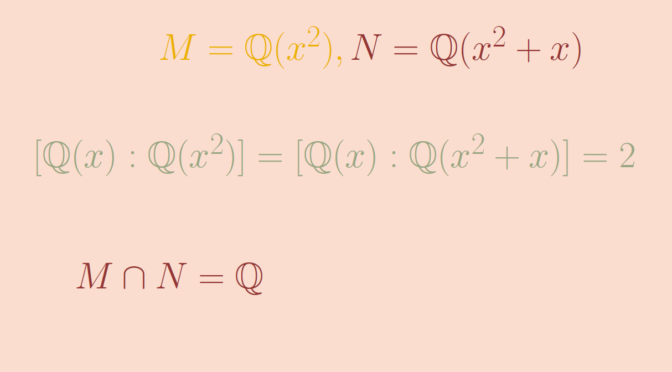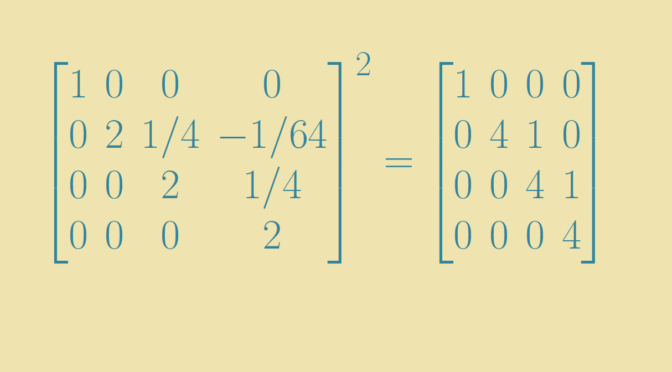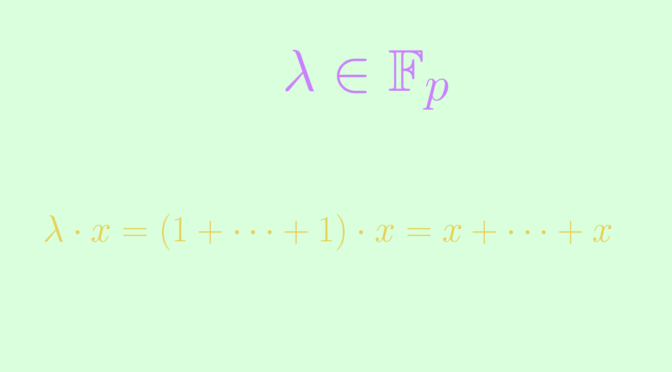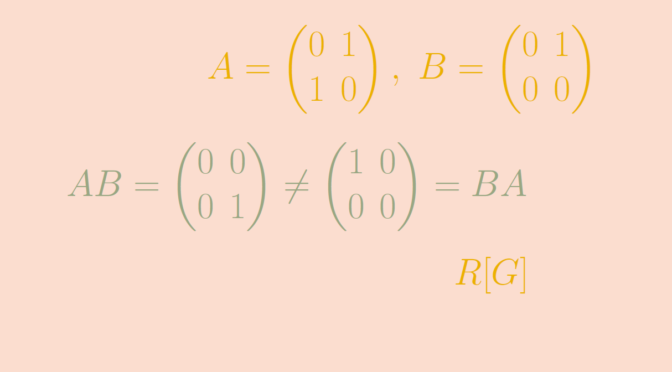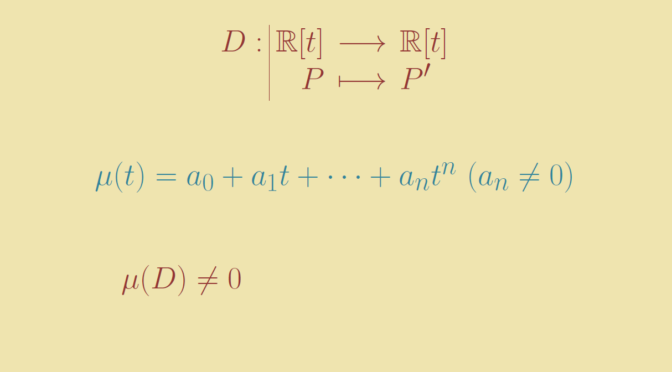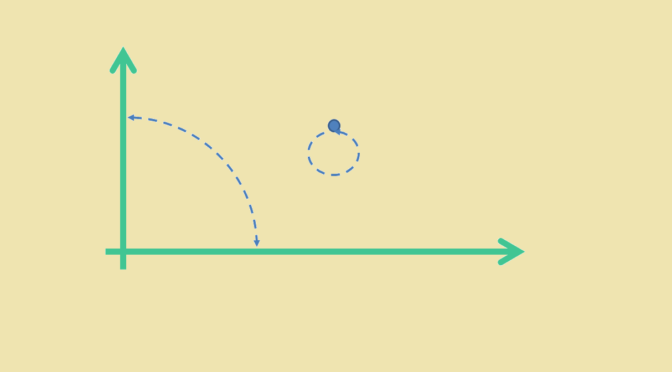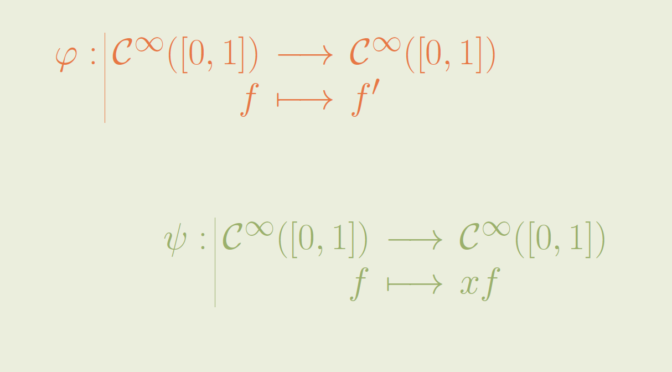Consider a prime number \(p\) and a finite p-group \(G\), i.e. a group of order \(p^n\) with \(n \ge 1\).
If \(n=1\) the group \(G\) is cyclic hence abelian.
For \(n=2\), \(G\) is also abelian. This is a consequence of the fact that the center \(Z(G)\) of a \(p\)-group is non-trivial. Indeed if \(\vert Z(G) \vert =p^2\) then \(G=Z(G)\) is abelian. We can’t have \(\vert Z(G) \vert =p\). If that would be the case, the order of \(H=G / Z(G) \) would be equal to \(p\) and \(H\) would be cyclic, generated by an element \(h\). For any two elements \(g_1,g_2 \in G\), we would be able to write \(g_1=h^{n_1} z_1\) and \(g_2=h^{n_1} z_1\) with \(z_1,z_2 \in Z(G)\). Hence \[
g_1 g_2 = h^{n_1} z_1 h^{n_2} z_2=h^{n_1 + n_2} z_1 z_2= h^{n_2} z_2 h^{n_1} z_1=g_2 g_1,\] proving that \(g_1,g_2\) commutes in contradiction with \(\vert Z(G) \vert < \vert G \vert\).
However, all \(p\)-groups are not abelian. For example the unitriangular matrix group \[
U(3,\mathbb Z_p) = \left\{
\begin{pmatrix}
1 & a & b\\
0 & 1 & c\\
0 & 0 & 1\end{pmatrix} \ | \ a,b ,c \in \mathbb Z_p \right\}\] is a \(p\)-group of order \(p^3\). Its center \(Z(U(3,\mathbb Z_p))\) is \[
Z(U(3,\mathbb Z_p)) = \left\{
\begin{pmatrix}
1 & 0 & b\\
0 & 1 & 0\\
0 & 0 & 1\end{pmatrix} \ | \ b \in \mathbb Z_p \right\},\] which is of order \(p\). Therefore \(U(3,\mathbb Z_p)\) is not abelian.

